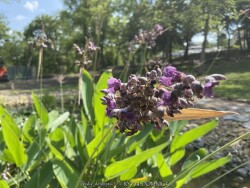
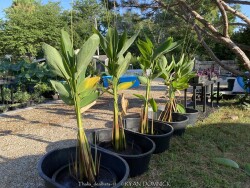
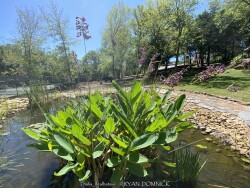
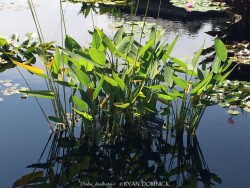
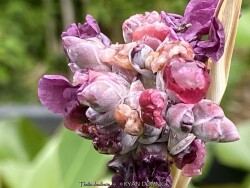
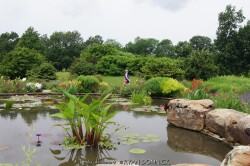

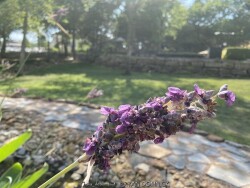
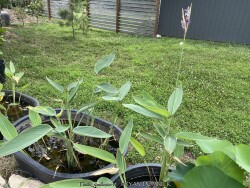


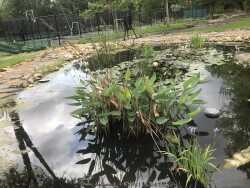
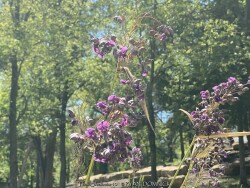
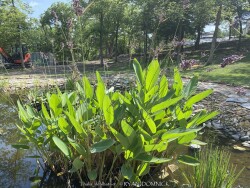
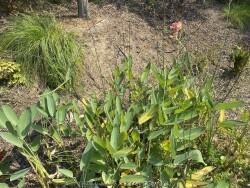
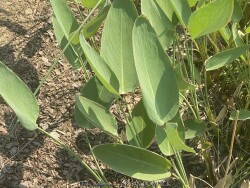
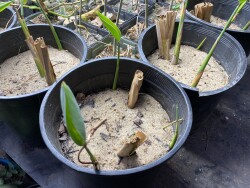

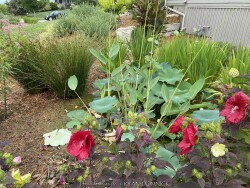
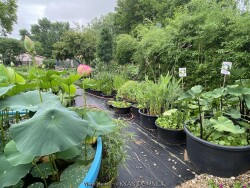
Plant Min Zone: 5b
Plant Max Zone: 10a
Sunlight: Full Sun
Water / Rainfall: Average, High, Very High
Soil Quality: Rich
Bloom Season: Summer, Late Summer, Fall
Flower Color: Purple, Light Purple, White
Berry / Fruit Color: Green, Black
Spring Foliage Color: Green
Summer Foliage Color: Green
Fall Foliage Color: Green, Yellow
Evergreen Foliage: No
Winter Interest: No
Scented Flowers: Yes
Drought Tolerance: Low
Wet-Feet Tolerance: High
Humidity Tolerance: High
Wind Tolerance: Low, Medium
Poor Soil Tolerance: Clay Soils
Height: 2' - 4'
Width: 3' - 4'
Growth Rate: Medium
Service Life: Very Long: 10-20 years
Maintenance Need: Medium
Spreading Potential: Medium
Yearly Trimming Tips: Trim Dead Growth off Water Garden Plants at any Time of the Year or During Winter.
Plant Grouping Size: Specimen Planting of 1-3
Best Side of House: South Exposure, West Exposure, East Exposure
Extreme Planting Locations: Tolerates Periods of Standing Water
Ornamental Features: Exceptional / Colorful Foliage
Special Landscape Uses: Erosion Control
Possible Pest Problems: None
Plant Limitations: Needs Regular Irrigation
Shippable in 2026: YES
Thalia dealbata, commonly known as Hardy Water Canna, is a native water garden / marginal plant with tropical like foliage resembling that of a canna. This plant is usually grown as a bog plant needing constantly moist soil rich in organic matter. As a rain garden plant, it will thrive is a depressed area in the landscape that collects rain water from a roof during spring and summer periods of rain but then is amazingly drought tolerant if the water hole dries out. After extended drought, it will simply go dormant but not sure how long it will persist in this state. Flowers are purple and have been said to be carnivorous but in reality, small insects get trapped in the gummy gel-like substance around the flowers...larger polinators like bumble bees and carpenter bees can pull away after polination. There are no major or even minor pests: this plant will survive just about anything as long as the root ball doesn't freeze solid, hence the zone 6 designation by most sources. As far as winter hardiness, I would assume there is a requirement for being submerged in water or well mulched (or snow cover) if on dry land in sub freezing weather. A dry hard ground freeze can kill this plant even in warmer zones. In our Lawrence, Kansas display garden (zone 6a), this plant has thrived for many years with little effort.